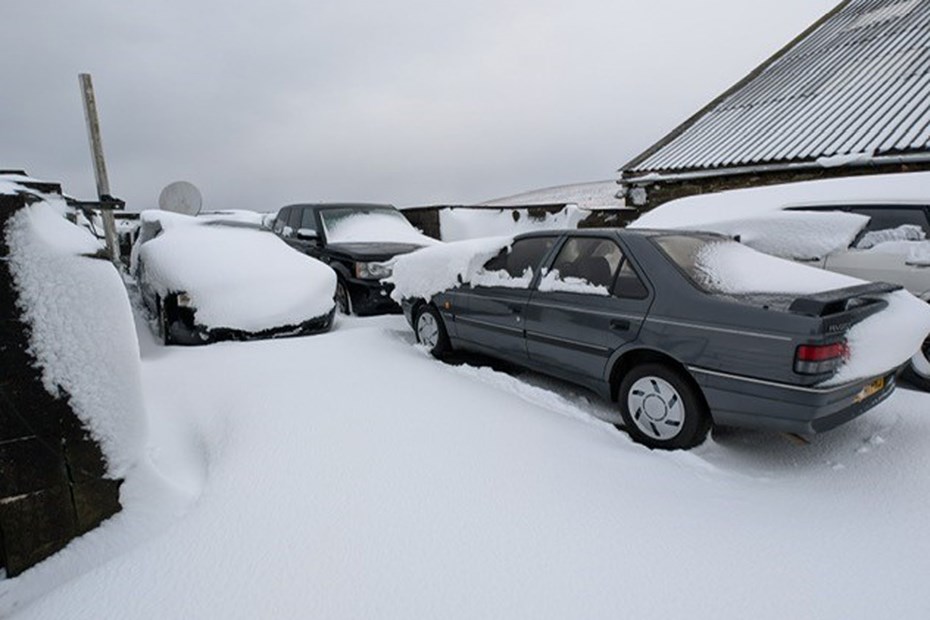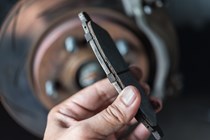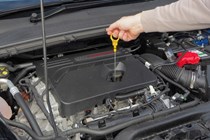We often assume modern cars will handle winter effortlessly, but the harsh conditions of winter driving can still take a toll on your vehicle. Freezing temperatures, icy roads, and salty grit can accelerate wear and tear, especially on critical components like tyres, wipers, and brakes. That’s why it pays to keep tabs with a winter car check. From checking your engine to considering winter tyres for extra grip, preparing your car for the season ensures it stays reliable and, most importantly, safe to drive in frosty, unpredictable weather.
While getting oily isn’t every driver’s idea of fun, some simple car maintenance tasks can save you the disruption of a breakdown and expensive repair jobs in the long run. In this guide, we’re going to explain what those tasks are and how you can do them.
None of them necessarily require any specialist car tools, however if one would be useful we’ve linked through to our recommendations of the best ones to buy.
Keep your car’s engine healthy
If winter is approaching and it’s 10,000 miles or so since your car was last serviced, it’s sensible to have a full service carried out before the cold weather sets in. But even if that’s not necessary, you should still pay close attention to the health of your car’s engine. Here’s what you should do.
Check the oil level
An engine takes longer to get up to temperature in winter, so it’s vital that it’s kept topped up with the correct oil to avoid wearing out its vital components. Ideally, you should check the oil level every week and before any long motorway journeys.
Check the coolant level
Engine coolant is a liquid made from 50% water and 50% antifreeze You can easily spot the coolant reservoir under your car’s bonnet. The maximum level is clearly marked; make sure the fluid is up to that level. A coolant tester can show you if the coolant is of a sufficient quality and whether it needs changing.
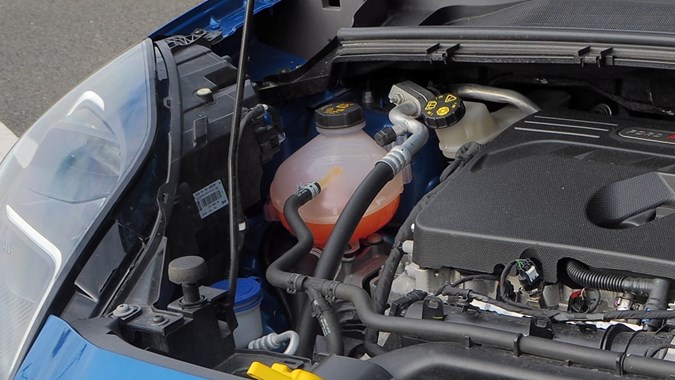
Keep the battery fully charged
You use a lot more of a car’s electrical equipment during winter – lights, heating, heated windows, heated seats, etc – which puts a lot more stress on the 12-volt battery. And it won’t be working as efficiently as normal, because batteries don’t like cold temperatures. All of that can easily lead to a flat battery.
A battery tester shows you if you car’s battery is producing as much electricity as it should. If not, you could try connecting it to a trickle charger that’ll keep it topped up and reduce the chances of the car refusing to start. A smart battery charger can help reduce the effects of any internal corrosion or damage, too. If you need to bump start the car, be particularly careful if the roads are slippery. If the battery constantly refuses to hold charge, it’s probably time to buy a new one.
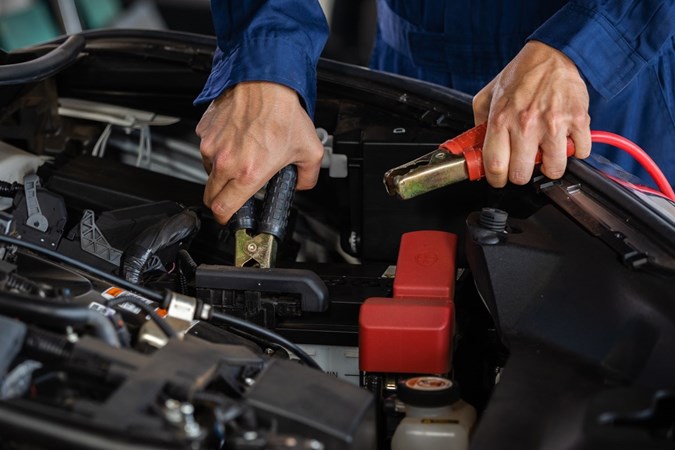
Check all the lights work
With longer nights, you use your car’s lights a lot more in winter, making it more likely that a bulb will blow. Turn all of the cars lights on – together or in turn – and walk around the car to make sure they all work. Most cars will show a warning message if a bulb goes; replace it as soon as possible, particularly if it’s a headlight bulb.
Keep your car’s lights clean, as well. Especially the headlights, which can be rendered virtually useless by only a thin layer of dirt. And, if the back lights are really dirty, following cars won’t be able to see you so well.

Check the condition of your tyres
The four tyres are all that connect your car to the road. Driving in winter is challenging enough, so it’s absolutely vital that your tyres are in good condition for you to be able to drive safely. Here’s a few things to look for.
Is there enough tread?
The legally required minimum tread depth on a tyre is 1.6mm, however many experts suggest you should really change them when the tread gets down to 3mm. The more tread there is, the better able the tyre is to cut through water and muck on a road and provide the grip you need.
To check the tread on your car’s tyres, you can use the 20p coin method, or invest a tread depth gauge. Whilst you’re at it, look at the tyre’s general condition. Have a torch handy so you can see into the wheelarch.
Is the pressure correct?
If the pressure in a tyre is too low or too high, your car won’t handle as it should which affects your ability to drive safely. You can keep an eye on it with a cheap tyre pressure gauge. If it drops too low, there are plenty of portable tyre inflators you can use at home.
Do you have the right kind of tyres?
Most cars in the UK are fitted with summer tyres that are designed to work at their best in temperatures above seven degrees Celsius or so. Below that temperature, the rubber hardens and so doesn’t provide as much grip. If you live in an area that gets particularly cold during winter, it can be worth investing in a set of winter tyres.
They’re highly effective – a two-wheel-drive car with winter tyres will deal better with snow than a four-wheel-drive car with summer tyres. Even if you don’t get winter tyres, it can be worth having a set of snow chains in stock, just in case you wake up to a thick covering of the white stuff.
All-season tyres are a good compromise between the too if you live an in area that doesn’t get too cold.
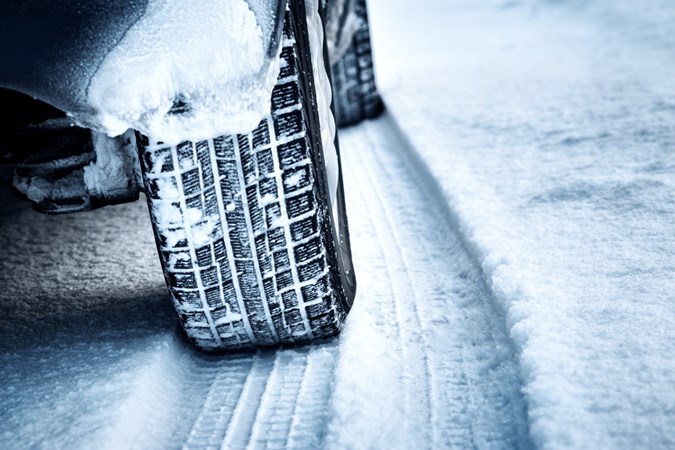
Keep the windows clean
Dirt and grime can quickly build up on your car during winter, including on the windows. With long nights and frequent poor visibility, it’s more important than ever that you keep the windows clean. You should keep a close eye on the amount of windscreen washer fluid in your car at a bare minimum.
At best, you should clean your car’s windows with proper glass cleaner, plus all the lights, door mirrors and both number plates at least once a week. Spraying the windows with rain repellent can reduce the amount of grime that accumulates.
If it’s a frosty or snowy morning, thoroughly clear the windows before starting your journey. Hot water is effective but risky as it can cause the glass to crack. Instead, turn on the demister or heated ‘screens and use a de-icer fluid. Use a car squeegee to remove the residue.
Ice scrapers are useful as well. Some even come with brush attachments that can be useful for clearing large quantities of snow off your car’s roof. A snow shovel can also get the job done quickly, but be careful not to damage your car’s paintwork.
Lastly, check the condition of your wiper blades by running your finger along the edge. If it feels ragged, it needs replacing. Clean the blades regularly, as well. Don’t use the wipers to clear ice because it tears the blades to shreds.
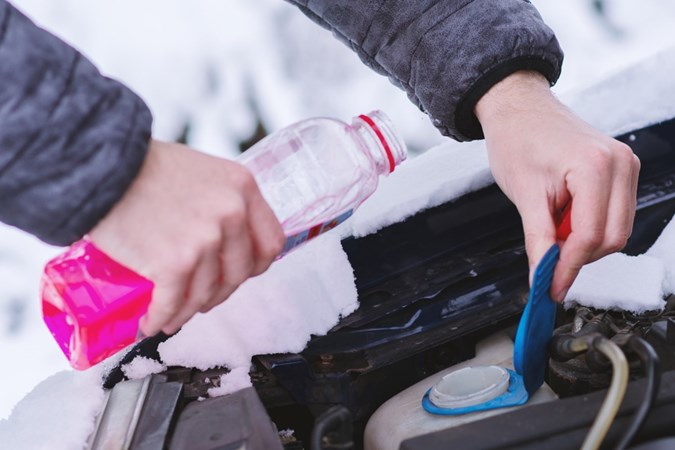
FAQs
-
Do I need to adjust my driving style in the winter?
Yes, in winter it’s important to adjust your driving style to stay safe on the roads. Slow down to give yourself more time to react, leave extra space between your car and the one in front, and apply the brakes gently to prevent skidding. Be especially cautious of black ice and snow-covered roads, which can reduce traction and make stopping more difficult. Driving with extra care in these conditions can help you avoid potential accidents.
-
What kind of emergency kit should I carry in winter?
When it comes to winter driving, it's smart to have a well-prepared winter driving kit in your car. Essentials can include a de-icer, ice scraper, warm blanket, and a torch for visibility. A shovel is useful for clearing snow, and snacks or water can help if you’re stuck for a while. Consider packing jump leads and a phone charger as well, so you're ready for whatever winter might throw at you.
-
How can I improve visibility in fog or heavy snow?
Stick to dipped headlights or fog lights to boost visibility and make sure other drivers can see you. Avoid full beams – they’ll just bounce back in heavy fog or snow and make it harder for you to see.
Sign up to the Parkers Newsletter to keep up to date with more of the latest reviews, news, and recommendations from the Parkers team.
Just so you know, we may receive a commission or other compensation from the links on this website - read why you should trust us.


